Charles Dickens: more than a writer
Categories: Celebrities
By Pictolic https://pictolic.com/article/charles-dickens-more-than-a-writer.htmlOn February 7, one of the most famous English-speaking novelists, the famous creator of vivid comic characters and social critic, Charles Dickens, was born. He was a kind of mouthpiece of the universal inspiration, impulse and intoxicating enthusiasm that took possession of England, calling everyone and everyone to lofty goals. His best works are an enthusiastic hymn to freedom, and, as Chesterton said, all his work shines with the reflected light of revolution.
Dickens' prose is permeated with wit, which influenced the originality of the national character and way of thinking, known in the world as "English humor". It was Dickens who opened to literature and poeticized the world of slums and the customs of their inhabitants. Sympathizing with the characters, he brings the action to a happy ending, which rewards them for their suffering and humiliation. Today marks the 203rd anniversary of the birth of the writer, and we decided to find out how the wisdom of this genius is permeated.
(Total 14 photos)
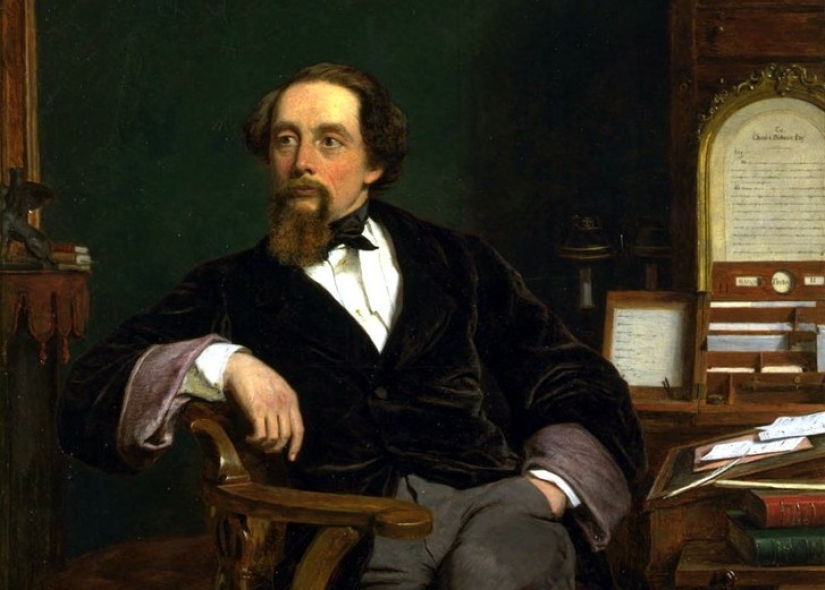
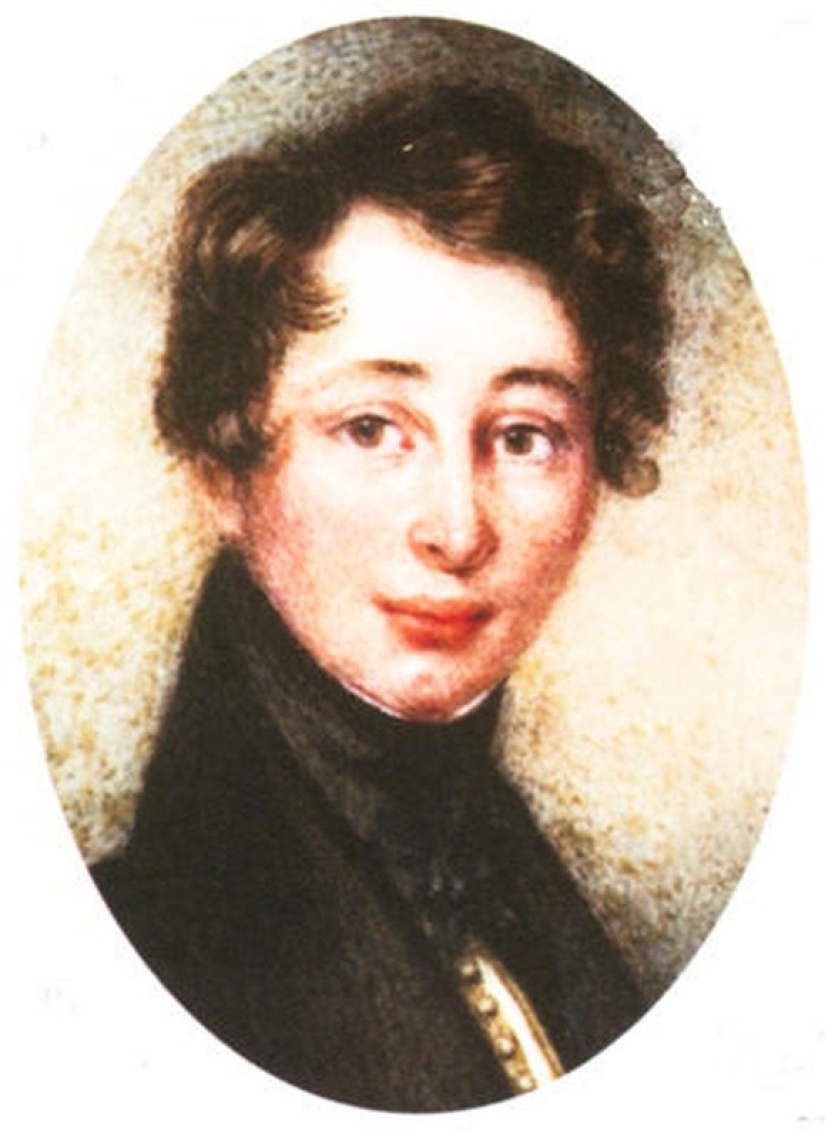
1. The future prose writer was born in 1812 in a large family of a port official. Little Charles learned to read early - advanced beyond his years, he eagerly read the entire home library of cheap publications.
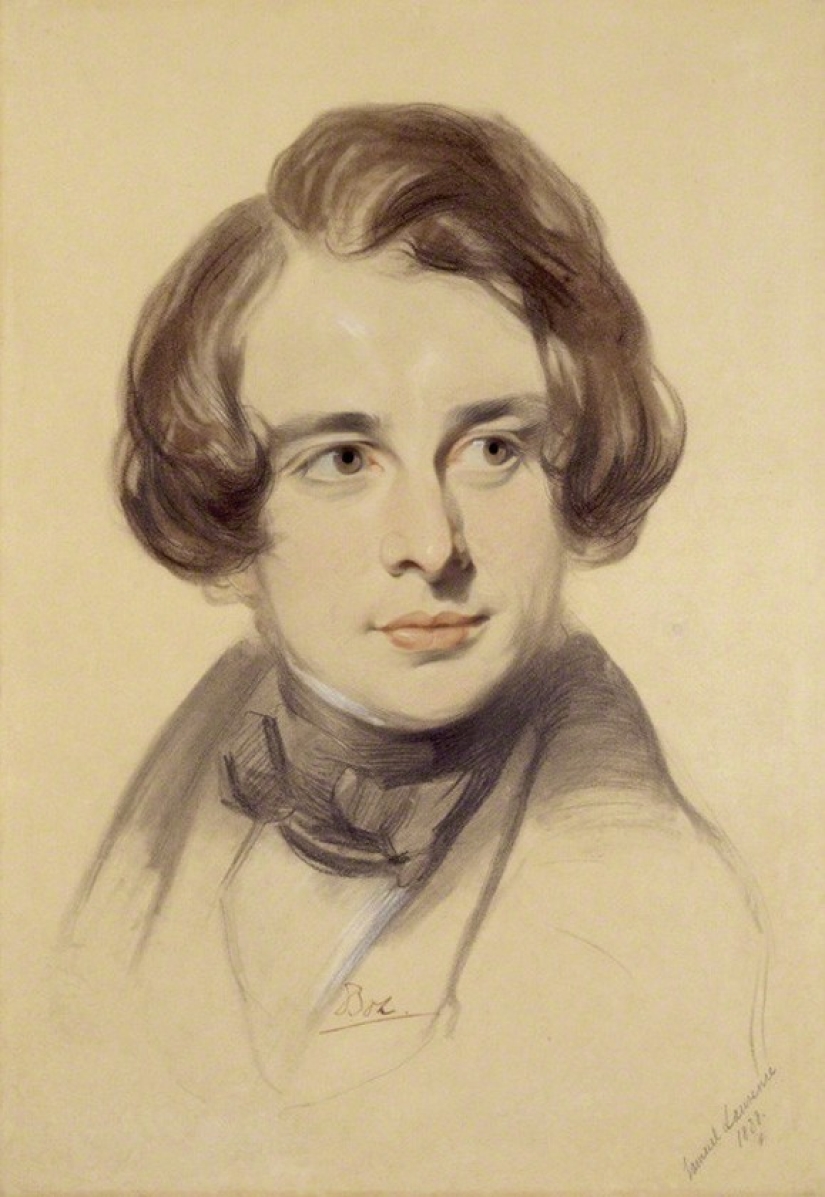
2. Charles learned poverty early: when his father was transferred to the service in London in 1822, the Dickens family was forced to live in terrible conditions. And being one of the oldest children, he had to leave school and start earning a living: he pawned silver spoons, sold his favorite library, was an errand boy.
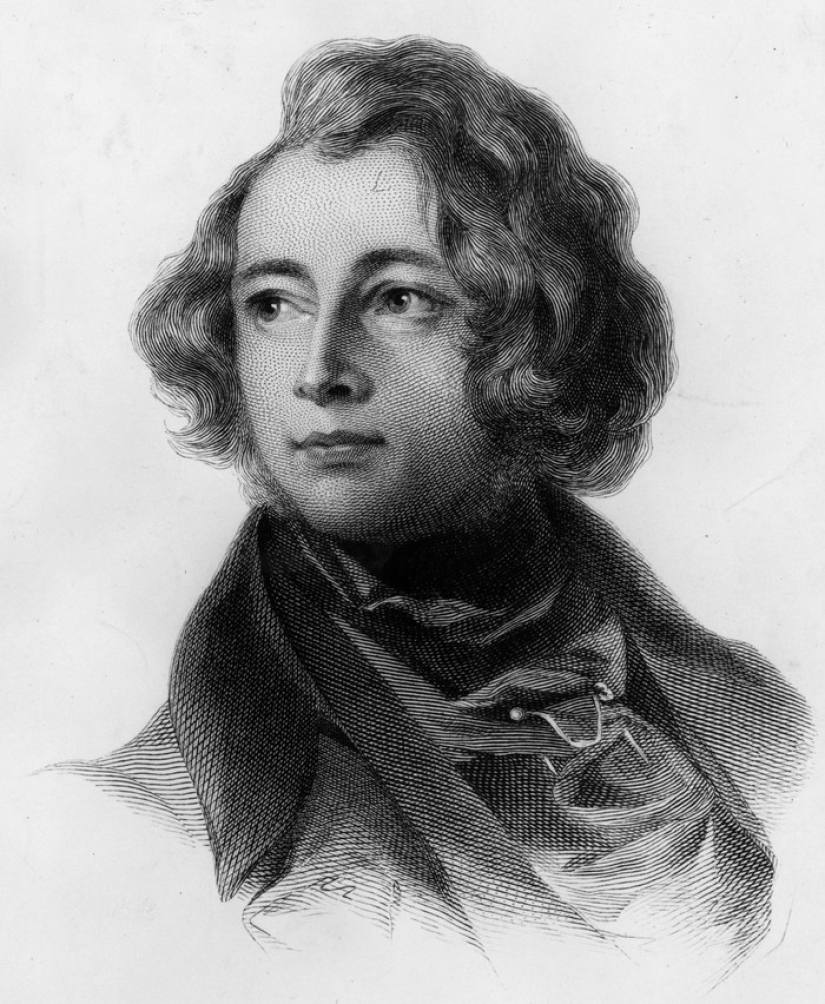
3. 1824 was a turning point for Dickens, when, having worked at the waxing factory for a little over 4 months, 12-year-old Charles decided for himself that it was time to break out into people. Working as a junior clerk in one of the law firms, Dickens began to diligently fill in the gaps in education - to study shorthand, and upon reaching 18 years old became a regular at the British Museum. This subsequently enabled him to become an independent court reporter, and later (from 1832) a reporter for The True Sun and The Mirror of Parliament.
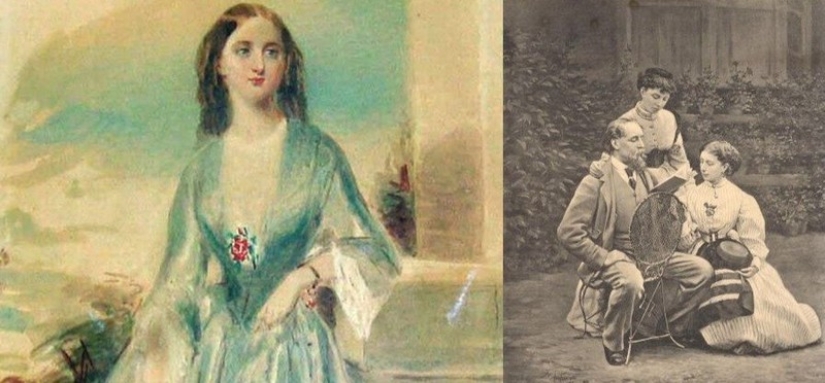
4. In 1832, fiction essays about the life and characteristic types of London begin to appear, and a little later, J. Hogarth, publisher of The Evening Chronicle and Dickens' future father-in-law (in the spring of 1835 he became engaged to his daughter, Catherine Hogarth), asks to write a series of essays about city life.

5. And on the 24th anniversary of Dickens on February 7, 1836, the collection “Essays of Boz” saw the light for the first time (at one time, Dickens wrote under the pseudonym Boz, the nickname of Dickens’ younger brother, Moses). And even though in the not yet fully thought out, but infinitely talented essays, the gift of the young author was already visible and the main Dickensian motifs were identified: the streets of London, courts and lawyers, prisons, Christmas, parliament, politicians, snobs, sympathy for the poor and oppressed.
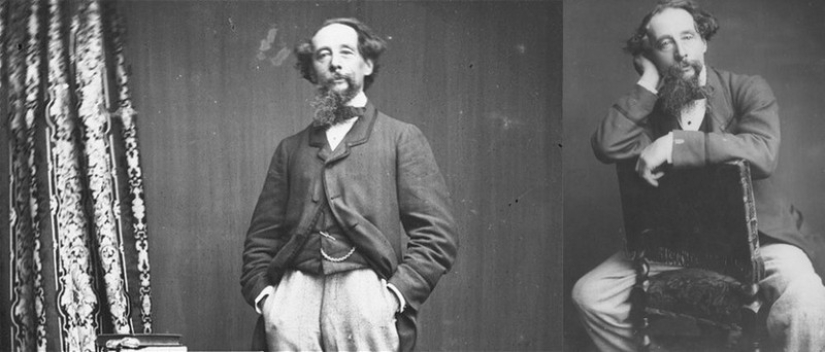
6. After the release of the essays, Dickens became the author of a comic epic in 20 issues about the club of eccentrics, together with the famous cartoonist R. Seymour - The Posthumous Notes of the Pickwick Club, but their first issue is not in great demand. And when Seymour commits suicide before the release of the second issue, the whole idea is completely in jeopardy. Without thinking twice, Dickens himself finds the young artist H.N. Brown, known under the pseudonym Fiz, and by the end of the Pickwick Papers each issue sold 40,000 copies. It was this book that revealed Dickens' talent as the creator of the grotesque characters of the English, seasoned with satire and rough farce.

7. In January 1837, Dickens heads the new monthly Bentley's Almanac, and in February of that year the first chapters of Oliver Twister appear in it. Along the way, the next editions of The Posthumous Papers of the Pickwick Club are also published, as well as the libretto of a comic opera, two farces and a book about the life of the famous clown Grimaldi. In the same year, Dickens' first child, Charles Jr., is born.
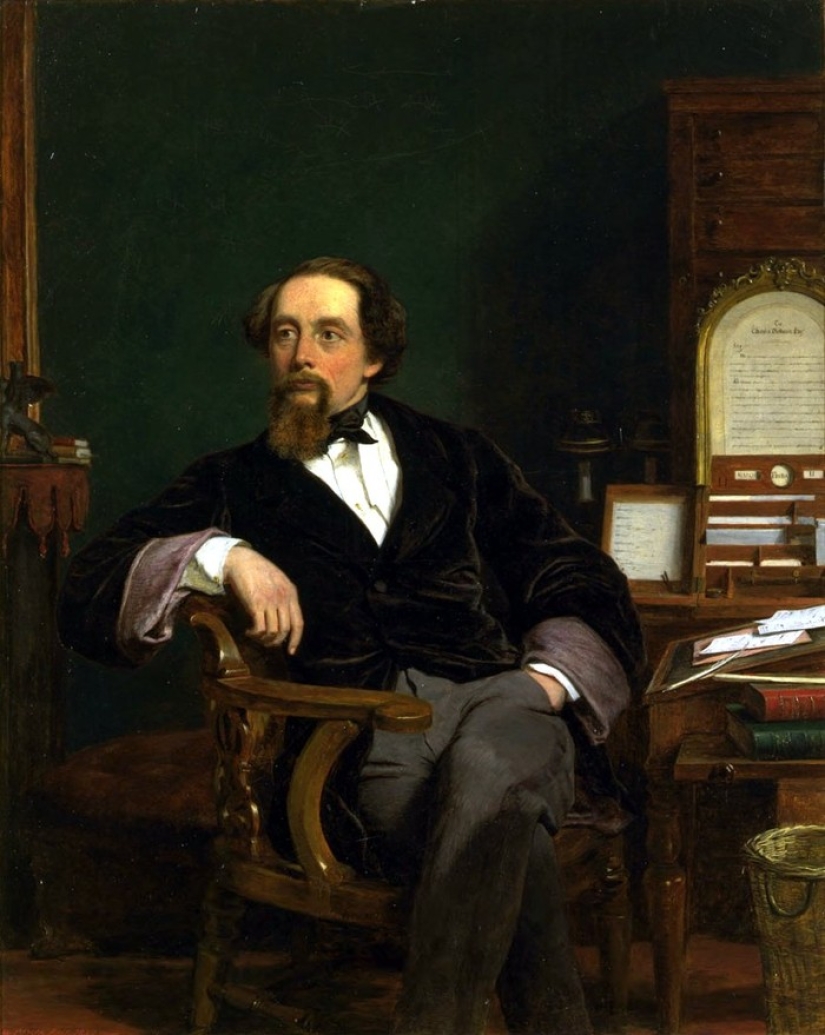
8. From comic notes, Dickens descended into the dark world of horror, tracing the growing up of an orphan in Oliver Twist - from the workhouse to the criminal slums of London. The authenticity of the pictures of the life of the socially outcast and undisguised compassion for the heroes who fall from the disgrace of fate are striking in his novels, sometimes of an autobiographical nature.
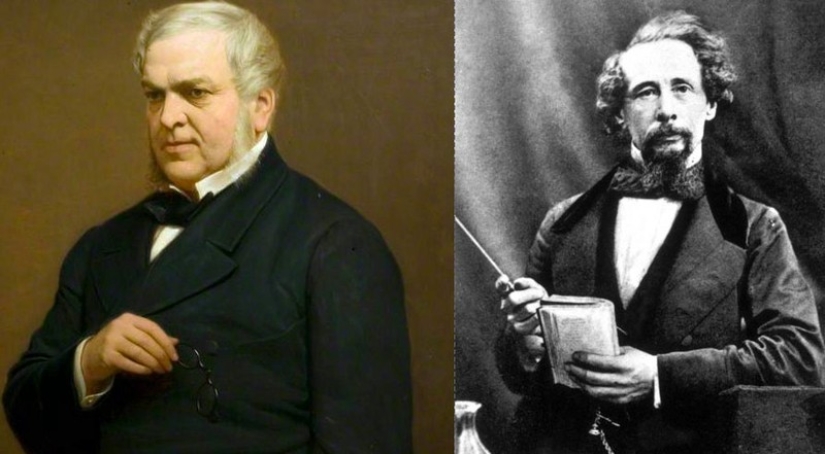
9. In 1837, Dickens hosted D. Forster, the theater critic of the Examiner newspaper, who became his lifelong friend, literary adviser, executor and first biographer. With the growth of wealth and literary fame, his position in society also strengthened - in the same year he became a member of the Garrick club, and in June 1838, the famous Ateneum club.
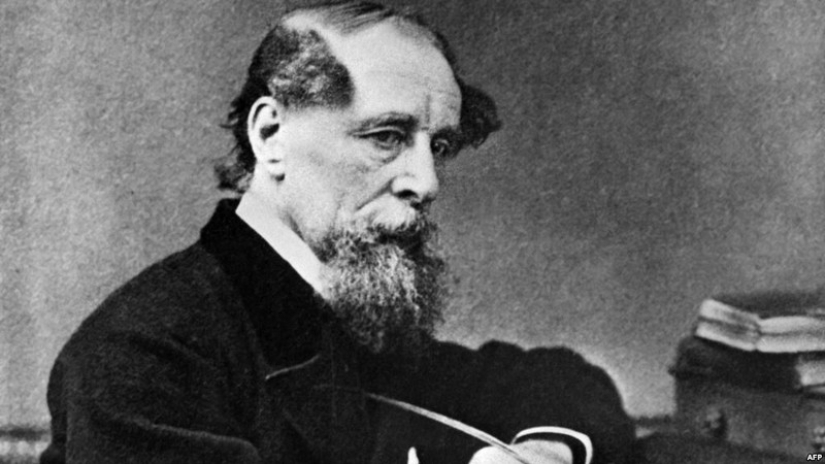
10. Nevertheless, because of the friction between Bentley and Dickesn, the latter was forced to give up his job at the Almanac. With the assistance of Chapman and Hall, he began publishing the weekly Mr. Humphrey's Hours. The Antiquities Store and Barnaby Rudge were printed in it, after which Dickens, exhausted by the abundance of work, stopped publishing Mr. literary piracy and the inability to fight it.
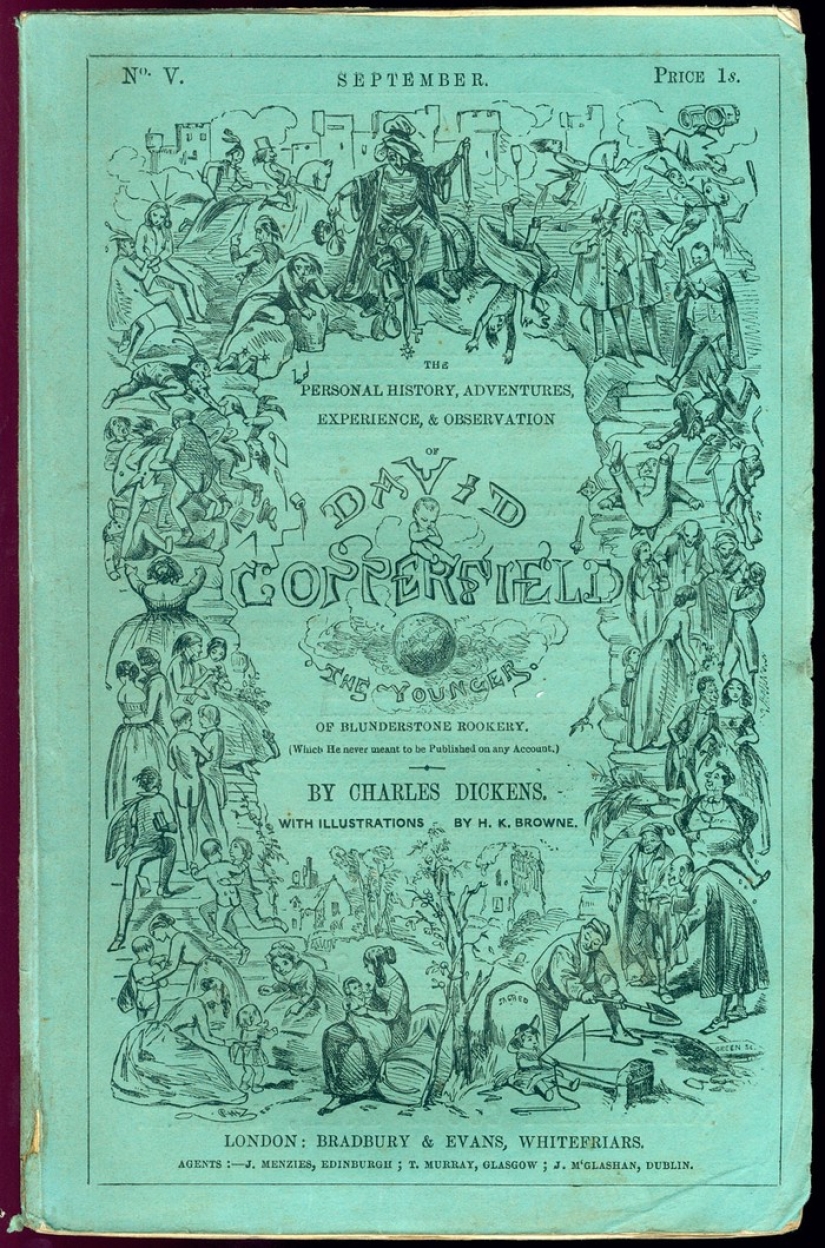
11. Returning to London in July 1845, he plunged into work on the publication of the liberal Daily News, but conflicts with its owners soon forced Dickens to abandon this work. Disappointed, Dickens decided that books would become his weapon in the struggle for reforms from now on, and he also began to take part as a director and actor in amateur charity performances. And in 1849 he embarked on the most popular of all Dickensian novels, the favorite brainchild of the author himself, more than others associated with the biography of the writer - the novel "David Copperfield", the cross-cutting theme of which is the rebellious heart of the hero - the cause of all his mistakes.
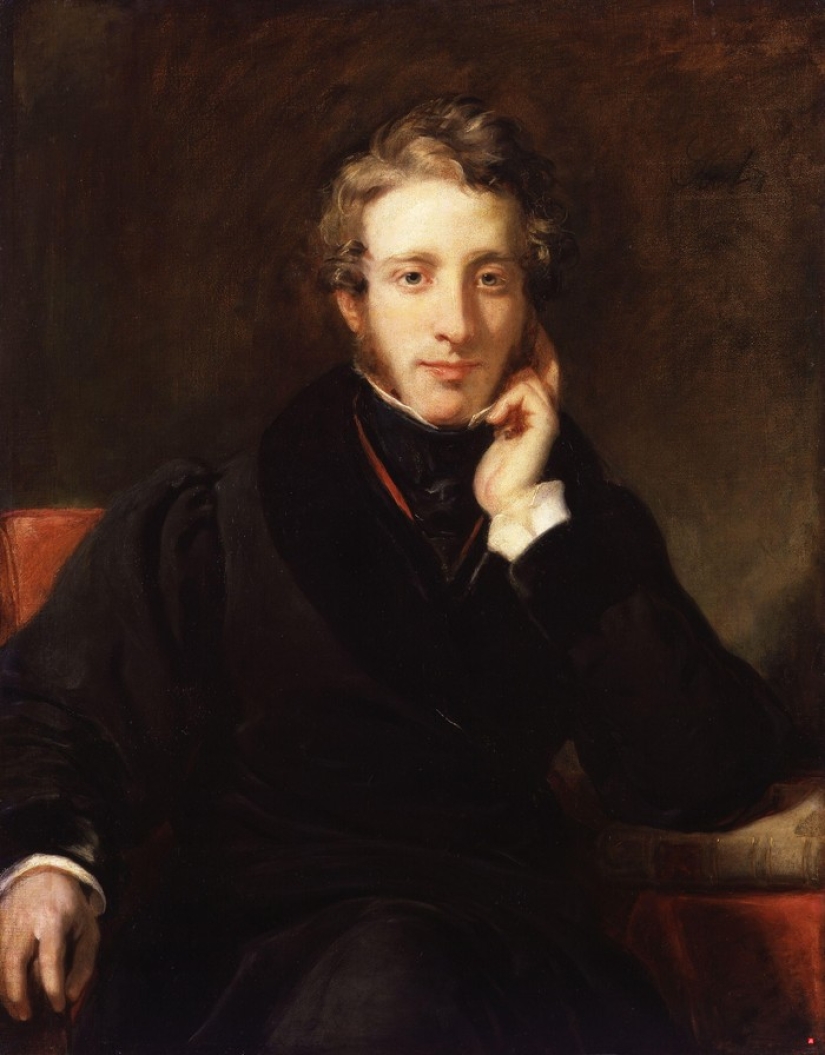
12. At the end of 1850, Dickens, together with Bulwer-Lytton, founded the "Guild of Literature and Art to help needy writers." A year later, the writer begins work on Bleak House, where Dickens reaches the heights as a satirist and social critic, the power of the writer manifested itself in all its gloomy splendor. And although he has not lost his sense of humor, his judgments become more bitter, and his vision of the world is bleak.
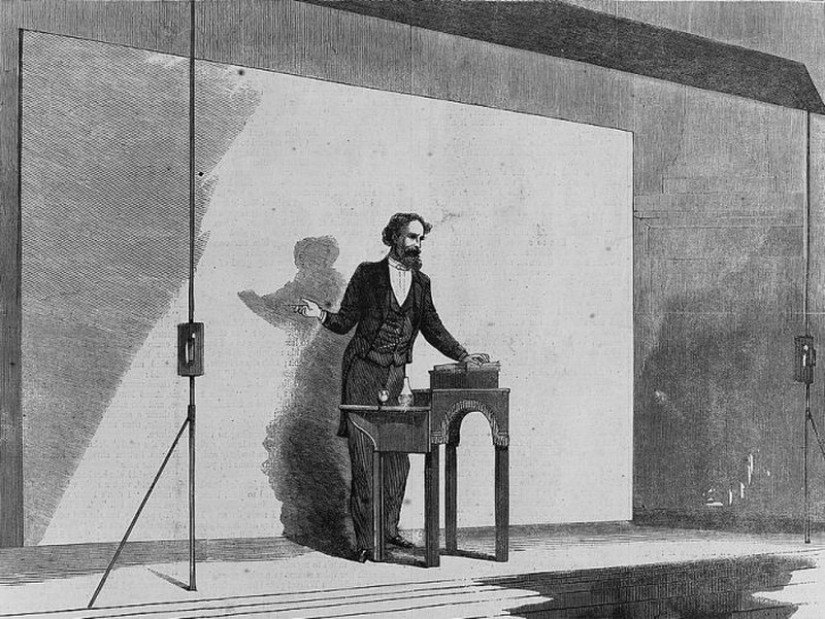
13. The writer's works were a huge success, and in order to reinforce this, Dickens travels with public readings in England and Paris. Unfortunately, the abundance of work affected the health of the writer - after each reading, his left arm and leg were almost taken away. But he, ignoring the threatening symptoms, goes on a big tour of America - the ambitious nature of the writer demanded the admiration and delight of the public.
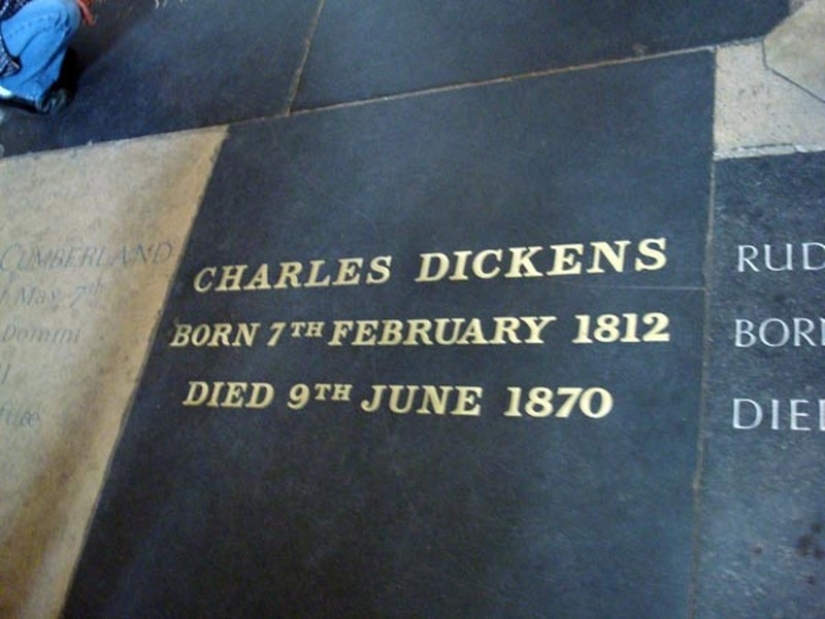
14. After a short summer vacation, he began a new tour. But in Liverpool in April 1869, after 74 (!) performances, his condition worsened. After somewhat recovering in the peace and quiet of Gadshill, Dickens began writing The Mystery of Edwin Drood, planning 12 monthly editions, and persuaded his doctor to allow him 12 farewell performances in London. Edwin Drood, which first appeared on March 31st, was only half written. On June 8, at dinner, the writer was struck by a blow, and the next day at about 6 pm he died. In a private ceremony on June 14, his body was interred in Poets' Corner, Westminster Abbey.
Dickens on Truth and Lies
Dickens on children
Dickens on love
Dickens on life
About books
Keywords: Book | Literature | Writer
Post News ArticleRecent articles

On the eve of the New Year, a magical atmosphere reigns in every house — everything is hung with shiny tinsel, there is an ...

Motherhood significantly changes a woman's body. But there are more profound changes affecting the nature and Outlook. Reflected in ...
Related articles

The formation of Russian names occurred centuries under the influence of many factors and cultures. Despite this, our imenoslov ...

American writer Margaret Mitchell wrote only one novel — "gone with the wind". But it provided the woman's place in the ...

Today cheap romance paperback no one takes seriously. This reading is taken to vacation, to read and to ruthlessly discarded. But ...

Some people have genetic abnormalities that make their appearance unique. These body features are usually inherited from parents, ...